Practise counting by 2, 5 and 10 with this skip counting worksheet.
Skip Counting Worksheet
Are your students learning how to skip count by 2, 5 and 10? These numbers are typically the first intervals students learn to skip count. After practising this skill, why not give them a chance to show what they know! This maths worksheet can be a homework assignment, reteaching worksheet, or assessment to add to your skip counting unit.
This double-sided worksheet includes four different skip counting charts to fill in. Students have an opportunity to skip count by 2, 5 and 10. Each skip counting chart begins with a different number for students to practise this skill. To complete this activity, students will look at the given numbers, fill in the missing blanks, and then circle which number they skip counted by.
An answer key is included with your download to make grading fast and easy!
Tips for Differentiation + Scaffolding
In addition to independent student work time, use this worksheet as an activity for:
- Guided maths groups
- Lesson warm-up
- Fast finishers
- Homework assignment
- Whole-class review (via smartboard).
If there are students who need additional support, invite them to complete this activity in a 1-on-1 setting or with a small group. Additionally, provide students with a hundreds chart to help them with this worksheet.
For students who need a bit of a challenge, encourage them to create a list of numbers and skip count by a more challenging number, such as 3, 4 or 6.
🖨️ Easily Download & Print
Use the dropdown icon on the Download button to choose between the PDF or editable Google Slides version of this resource.
To save paper, we suggest printing this 2-page worksheet double-sided.
Turn this teaching resource into a sustainable activity by printing on thick card and slipping it into a write and wipe sleeve. Students can record their answers with a whiteboard marker, then erase and reuse them.
Additionally, project the worksheet onto a screen and work through it as a class by having students record their answers in their notebooks.
This resource was created by Lauren Blankenship, a Teach Starter Collaborator.
Don’t stop there! We’ve got more activities to shorten your lesson planning time:
| [resource:4802866] [resource:554506] [resource:3180] |
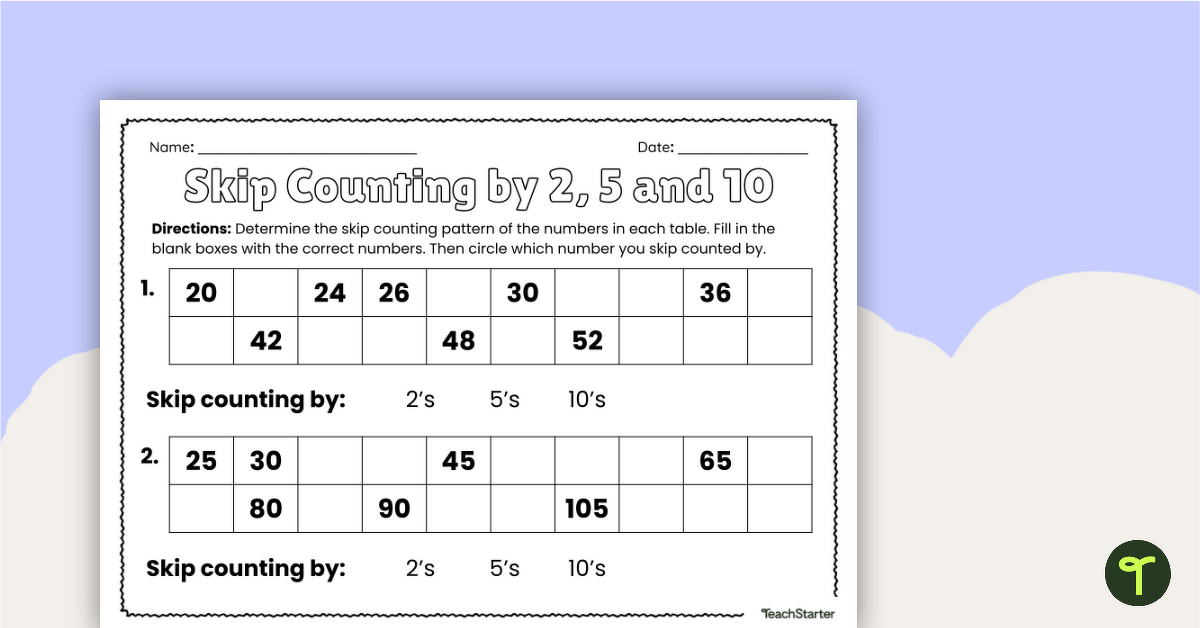

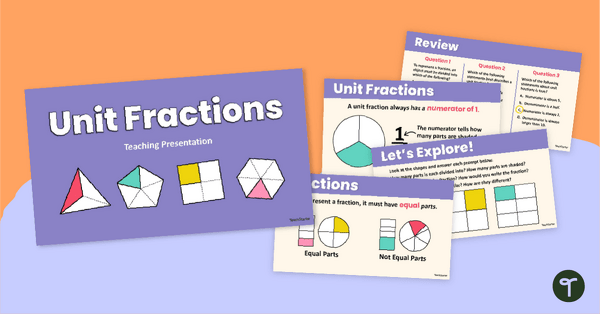
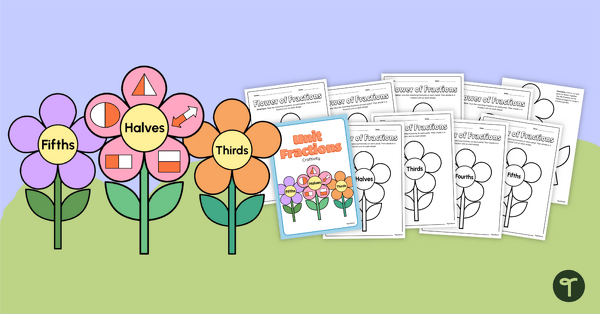
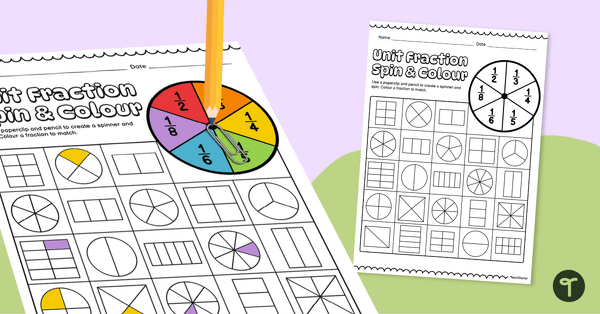

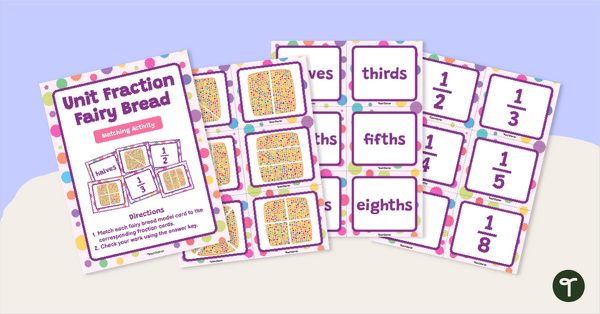

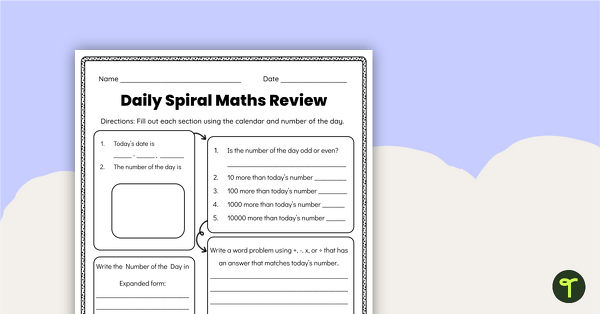
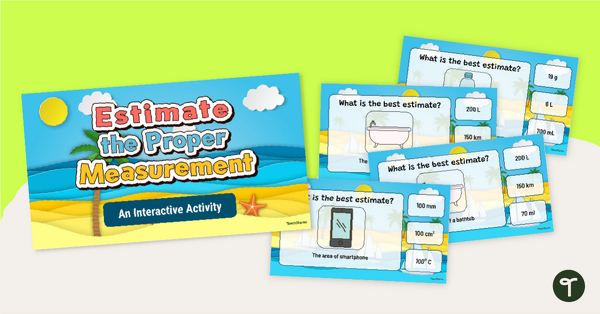
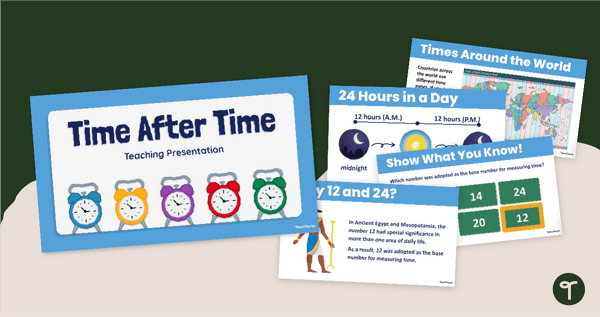

0 Comments
Write a review to help other teachers and parents like yourself. If you'd like to request a change to this resource, or report an error, select the corresponding tab above.